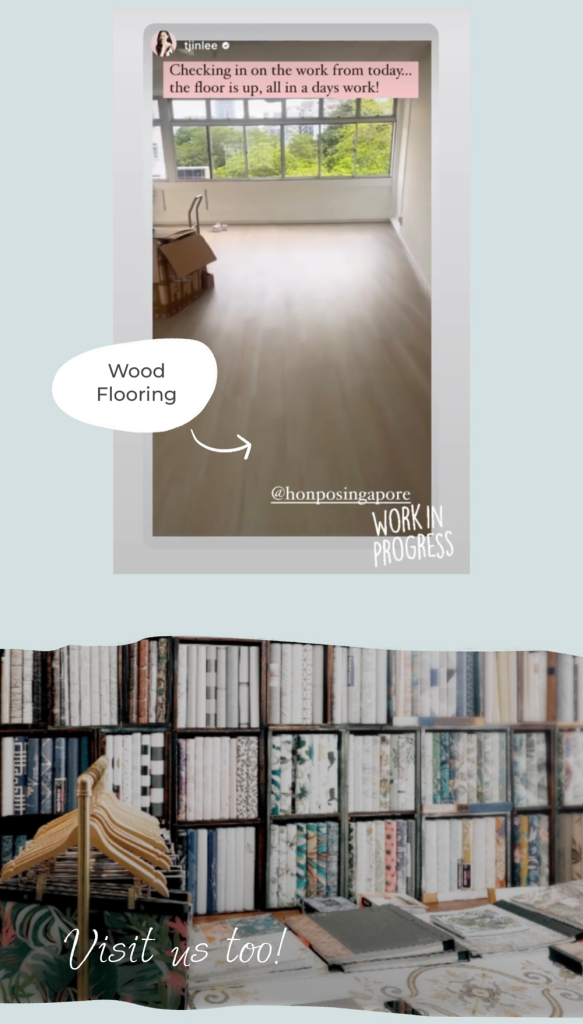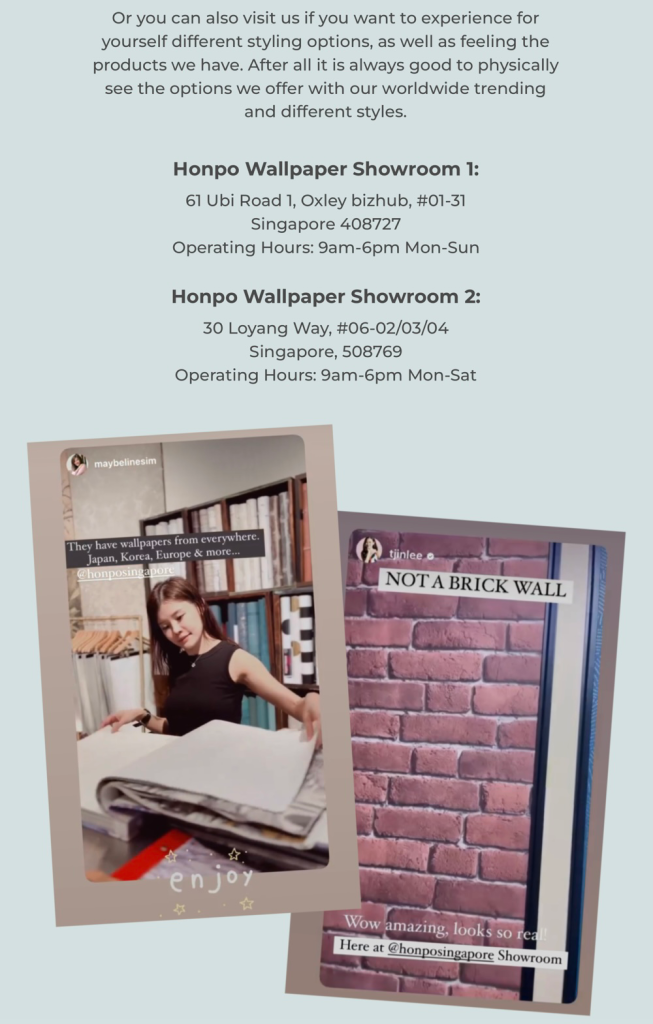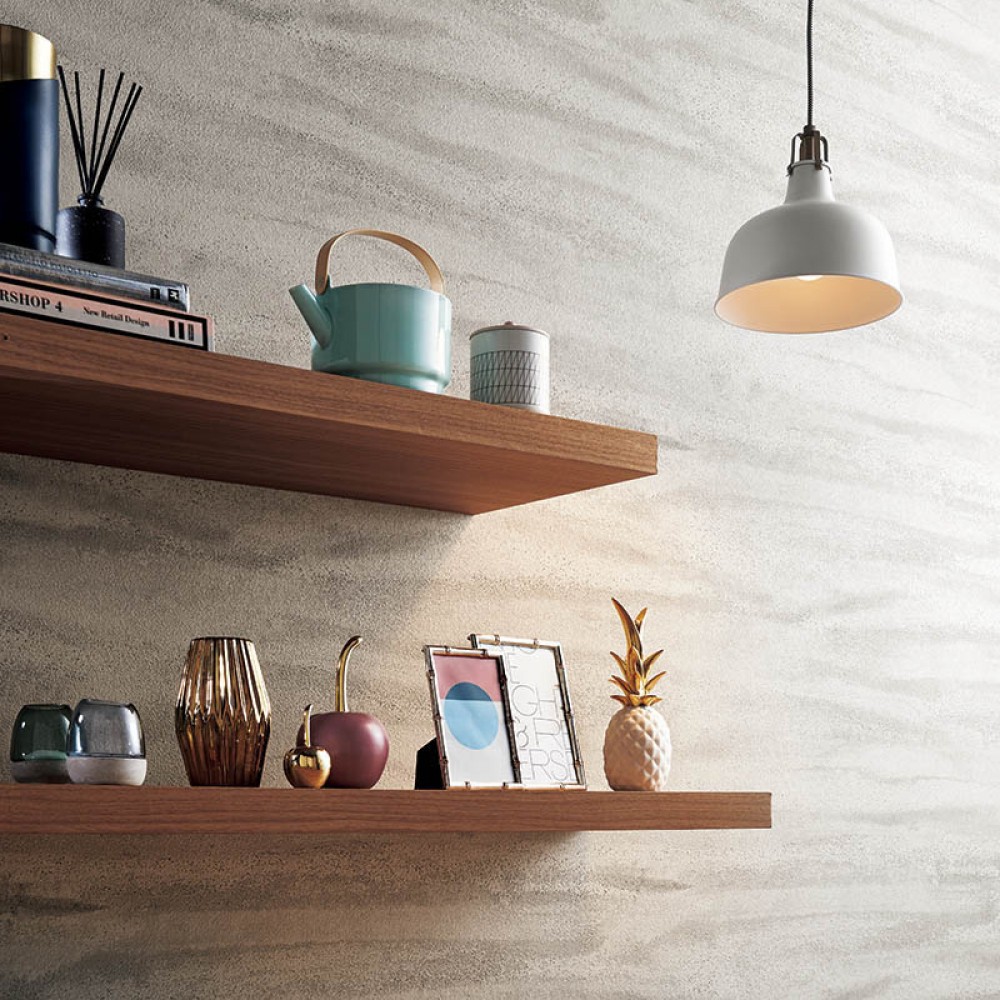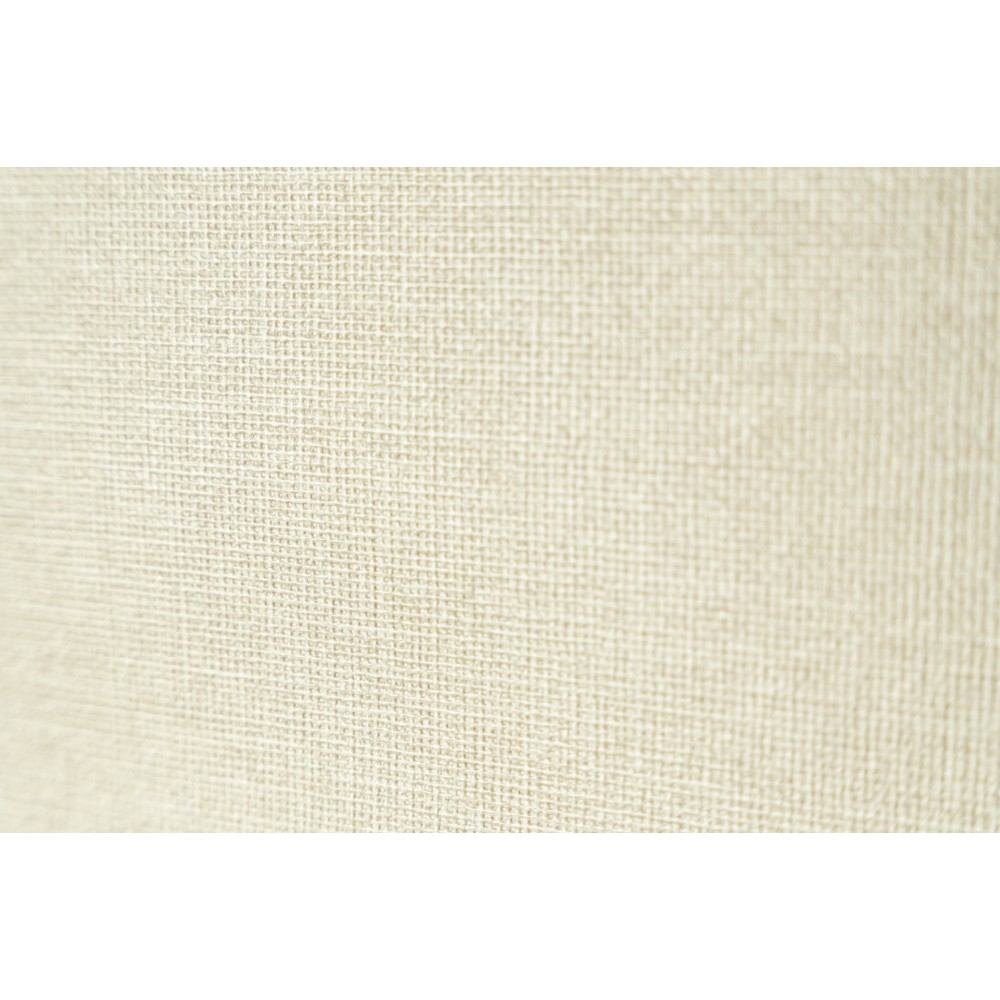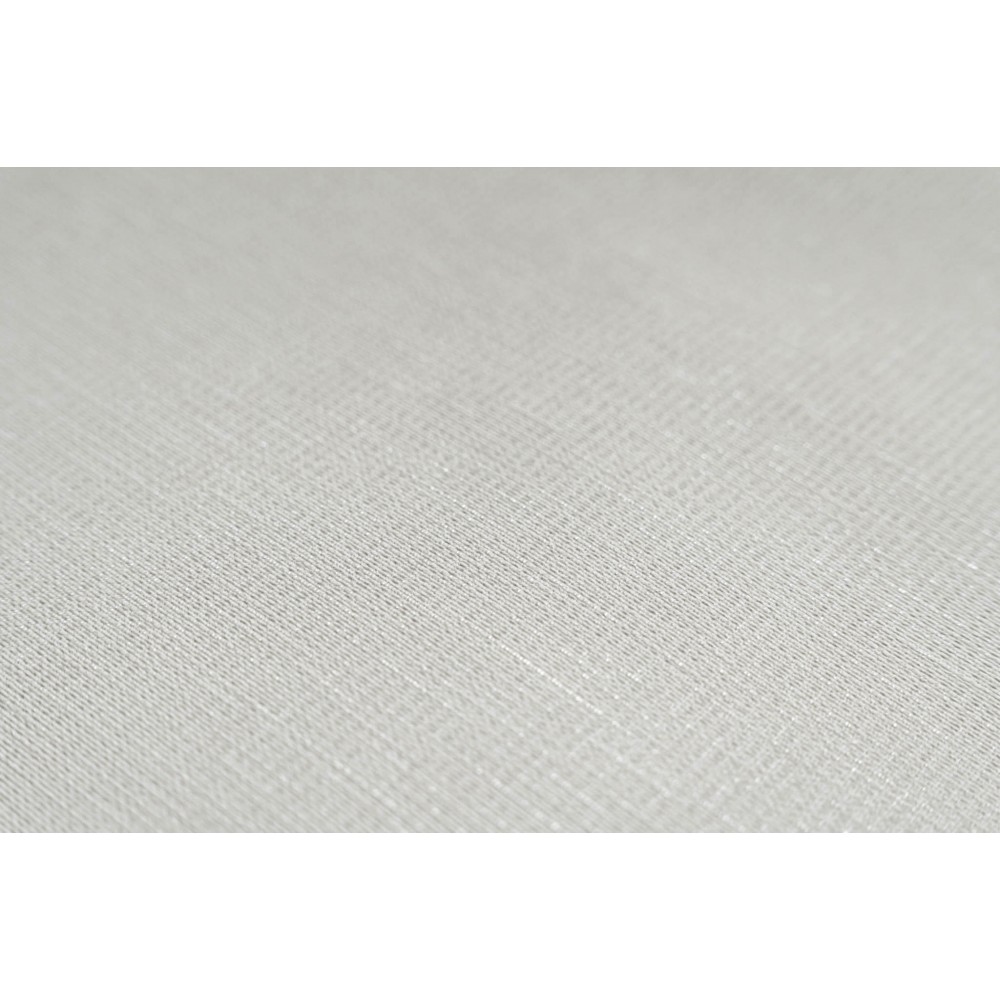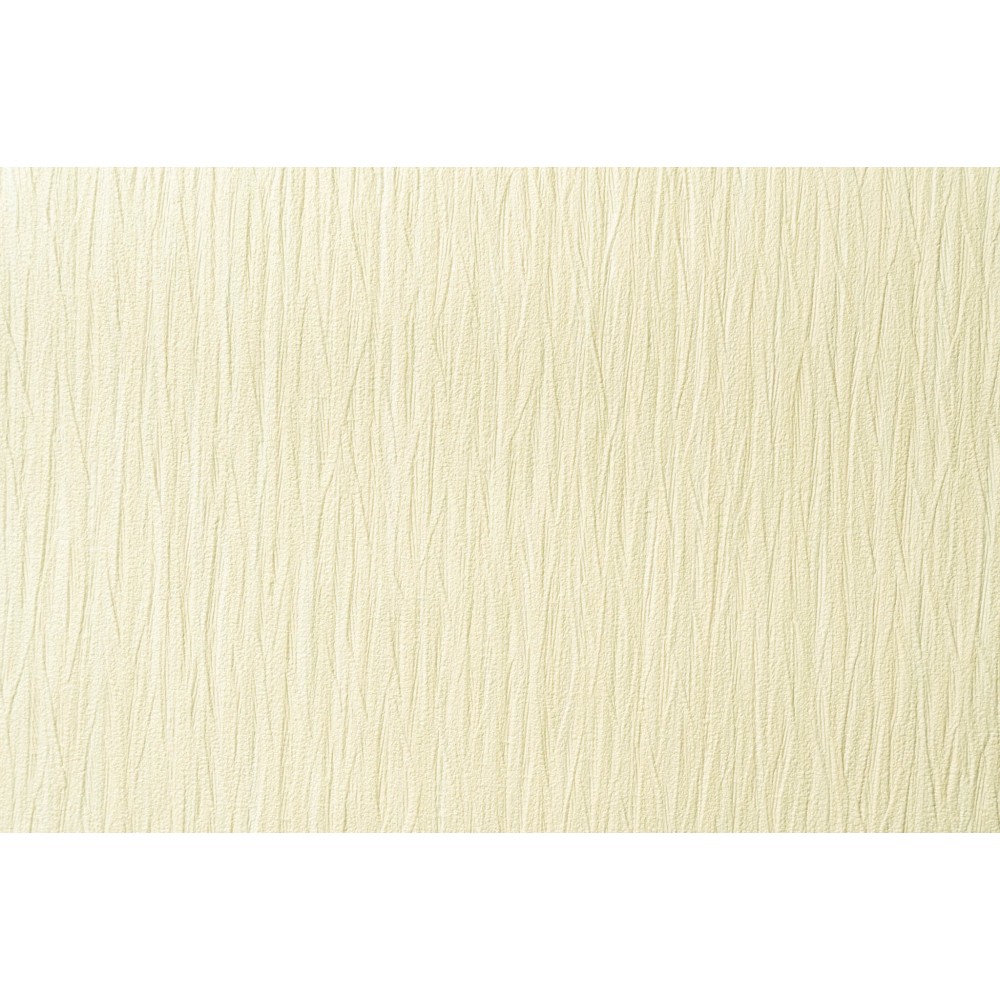Anti Viral Wallpaper | Why are they needed?
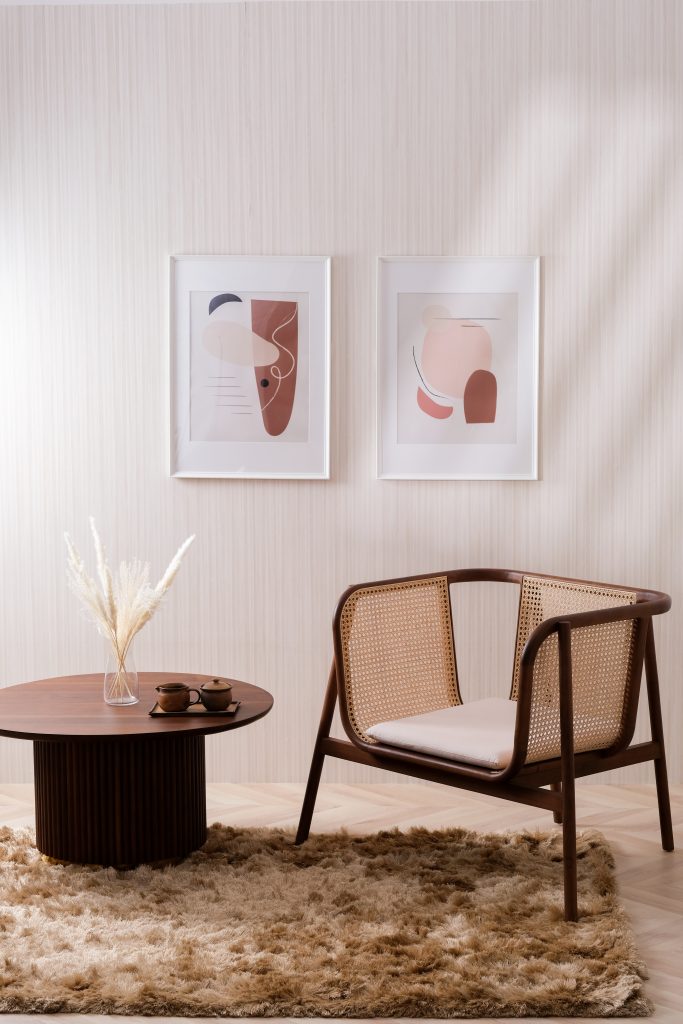
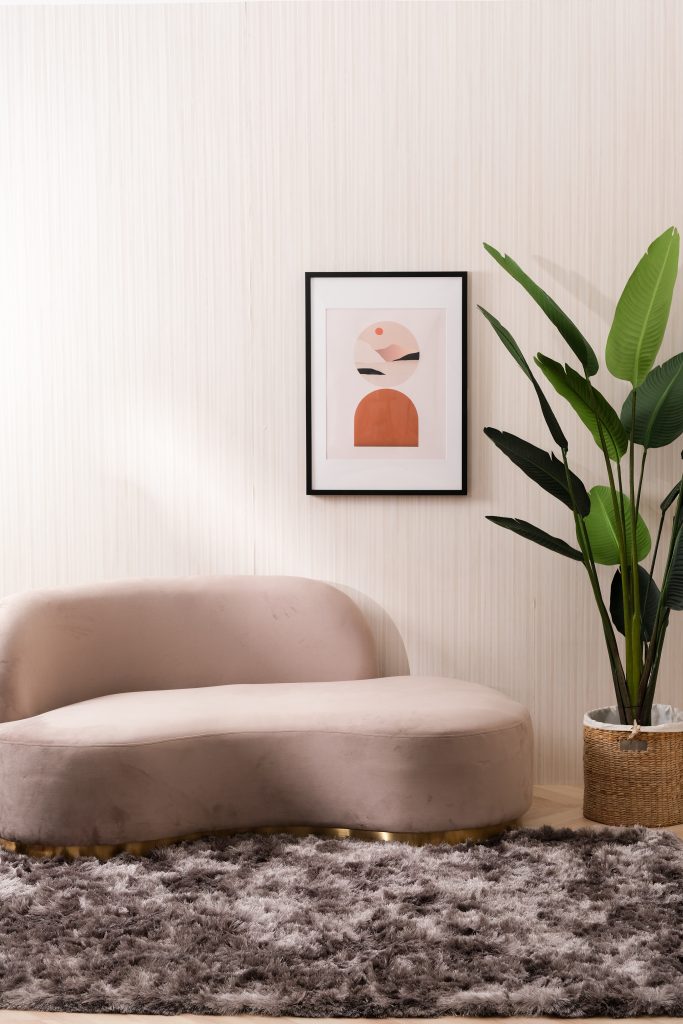
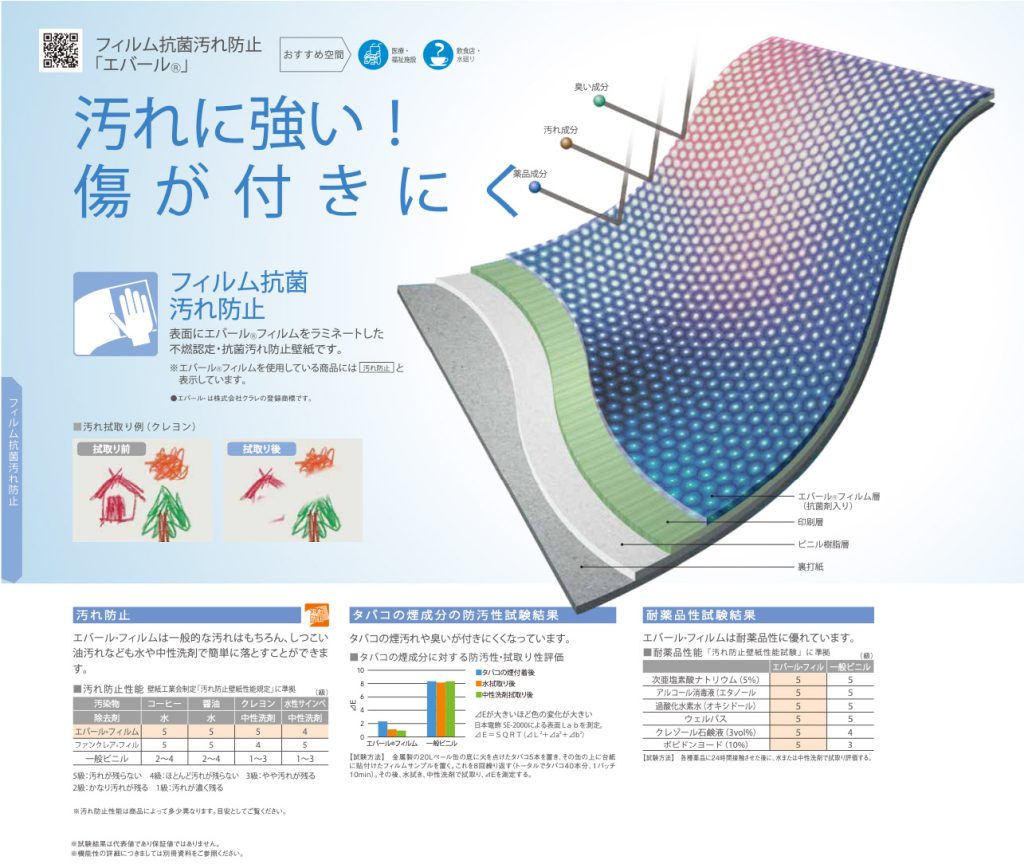
Now that daily infection prevention measures such as wearing masks and disinfecting alcohol have become commonplace, I think more and more people are looking for a more secure environment.
Our walls can be a bacterial and virus breeding ground especially after guest sneezes or the kids comes home and touch the walls prior to washing their hands. These are hard to prevent but instead of adopting measures to clean the wall. Why not get a wall that is resistant to such unwelcomed pestilence.
In fact, there is a wallpaper with a special property, more specifically an anti-viral property. Anti-Viral Wallpaper helps as a potential preventive measure against the new coronavirus and influenza. Yet, the price is unchanged as we believe that health and safety should not be monetized.
You may be wondering if it really works or what the “antiviral” function is in the first place?
I would like to incorporate it after fully understanding the effect.
Let’s take this opportunity to learn about this “Anti Viral Wallpaper” and use it for future infection control.
Difference between “antiviral” and “antibacterial”
This time we will introduce “anti-virus wallpaper”, but this wallpaper also has an “antibacterial function”. In the first place, both “antiviral” and “antibacterial” have the same impression, but do you know the difference?
Anti-viral wallpaper that also suppresses bacterial
Bacteria are small, invisible organisms.
It can move on its own, and by taking in nutrients, it divides and proliferates.
Some bacteria are harmful and cause illness in the human body, while others are effective in human life (such as Bacillus natto). Escherichia coli, Staphylococcus aureus, and tubercle bacillus are some fo the bacteria that can cause diseases in humans.
Antibacterial means “suppressing the growth of bacteria”.
In other words, it does not mean the effect of directly killing or removing bacteria like sterilization and sterilization, but it means creating an environment where bacteria are hard to live in advance.
“Antiviral” that inactivates the virus
A virus is a structure that is smaller than a bacterium and contains nucleic acids in a protein shell.
Although it is classified as a microorganism, it can be considered abiotic because it does not contain any cells, which are the smallest units that make up life. It does not move on its own but parasitizes and proliferates off the cells of other organisms.
Antiviral wallpaper “inactivate” the virus.
Inactivation also means killing the virus means that it destroys the external tissues of the virus, causing it to invade the cells of an organism and lose its ability to proliferate, resulting in inactivity.
A common method is a disinfectant such as alcohol.
Virus type
There are 2 types of viruses, enveloped and non-enveloped.
Enveloped viruses contain a double membrane composed of lipids and can easily be disabled by proper alcohol rub. On the other hand, non-enveloped viruses are less susceptible to damage from alcohol preparations.
The new coronavirus (COVID-19) that threatens our lives is classified as an “enveloped virus”.
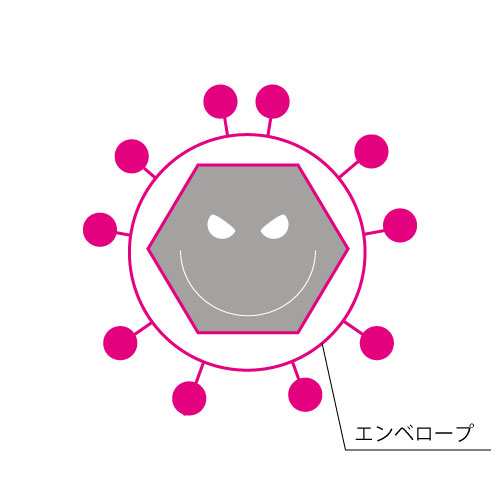
virus

virus
Typical virus
New coronavirus
influenza virus
herpesvirus
Alcohol rubs are effective
Norovirus
rotavirus
adenovirus
resistant to alcohol rubs
The coronavirus which is an enveloped virus has a double membrane and seems to be stronger at first glance, but it is actually a virus that is easy to take countermeasures.
Think of it like this, an enveloped virus is a level 5 beginner in level 10 armour while a non-enveloped virus is a level 12 warrior that is not wearing any armour.
Effective against 99% of viruses! How anti-virus wallpaper works
So how does Anti Viral Wallpaper inactivate viruses?
Antiviral wallpaper refers to wallpaper that has a coating layer containing antiviral components on the surface of the wallpaper. This coating layer reacts to the virus and alters the protein on the surface of the viruses then finally inactivates them.

- Effective against viruses and bacteria attached to the wallpaper surface.
- It does not absorb the virus from the air by itself
- It does not have the effect of decomposing, adsorbing, or repelling the virus itself.
* The antiviral wallpaper only has the function of “altering (= inactivating) the protein on the surface layer” against the virus on the surface, but it cannot be decomposed. When the virus is inactivated, it loses its infectivity.
Antiviral performance test results
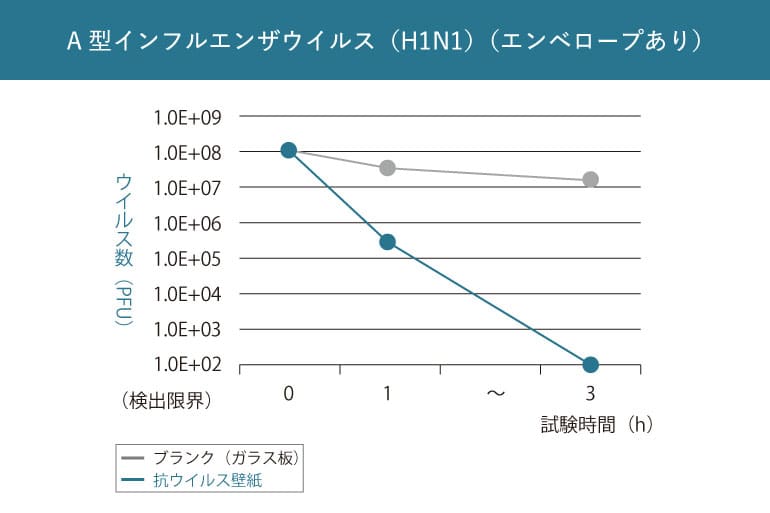

The performance of anti-viral wallpaper is tested stringently by each manufacturer and the results are published for all to see. From the results, we learn that when compared to enveloped viruses, non-enveloped viruses take longer but result in inactivation after 24 hours. 99% of enveloped viruses will inactivate within 3hours while 99% of non-enveloped viruses or more will inactivate within 24 hours.
Air washable wallpaper / Air purification wallpaper

Runon wallpaper products: click here
Frequently Asked Questions about Antiviral Wallpapers
Q1. How to do daily maintaenance?
For daily maintenance of anti-virus wallpaper, use a dry wipe, damp cloth with a diluted neutral detergent.
Please note that the active ingredient of the antiviral may be removed or discoloured when rubbed strongly with rubbing alcohol or sodium hypochlorite aqueous solution.
Q2. Will the Anti-Viral effect be reduced with cleaning?
The persistence of antiviral function is semi-permanent and will retain its function as long as there are anti-viral agents left on it. The effect may be reduced due to dirt adhesion and heavy rubbing but the effect continues even after 20 times of wiping after water spray, assuming daily maintenance
Q3. Recommended Usage time
We recommend replacing the wallpaper after 5-10 years depending on the amount of wear and tear.
Summary
Did you understand the effect of “anti-virus wallpaper” correctly?
To put it in a nutshell, Wallpaper now have the superpowers of alcohol rubs on their surfaces!
The lineup of classy designs and low price points make it a hot favourite here at Honpo!
Perhaps it is not realistic to change the entire house just to give the walls anti-viral properties. However, places of high level of contact and where viruses easily adhere like the kitchen, living room and toilet may be worthy of consideration. Children’s rooms is also a candidate to install this wallpaper as children tend to be a bit more boisterous and adventurous touching everything in sight! For new home owners, this type of wallpapers may be a natural choice for a more sanitary home!



